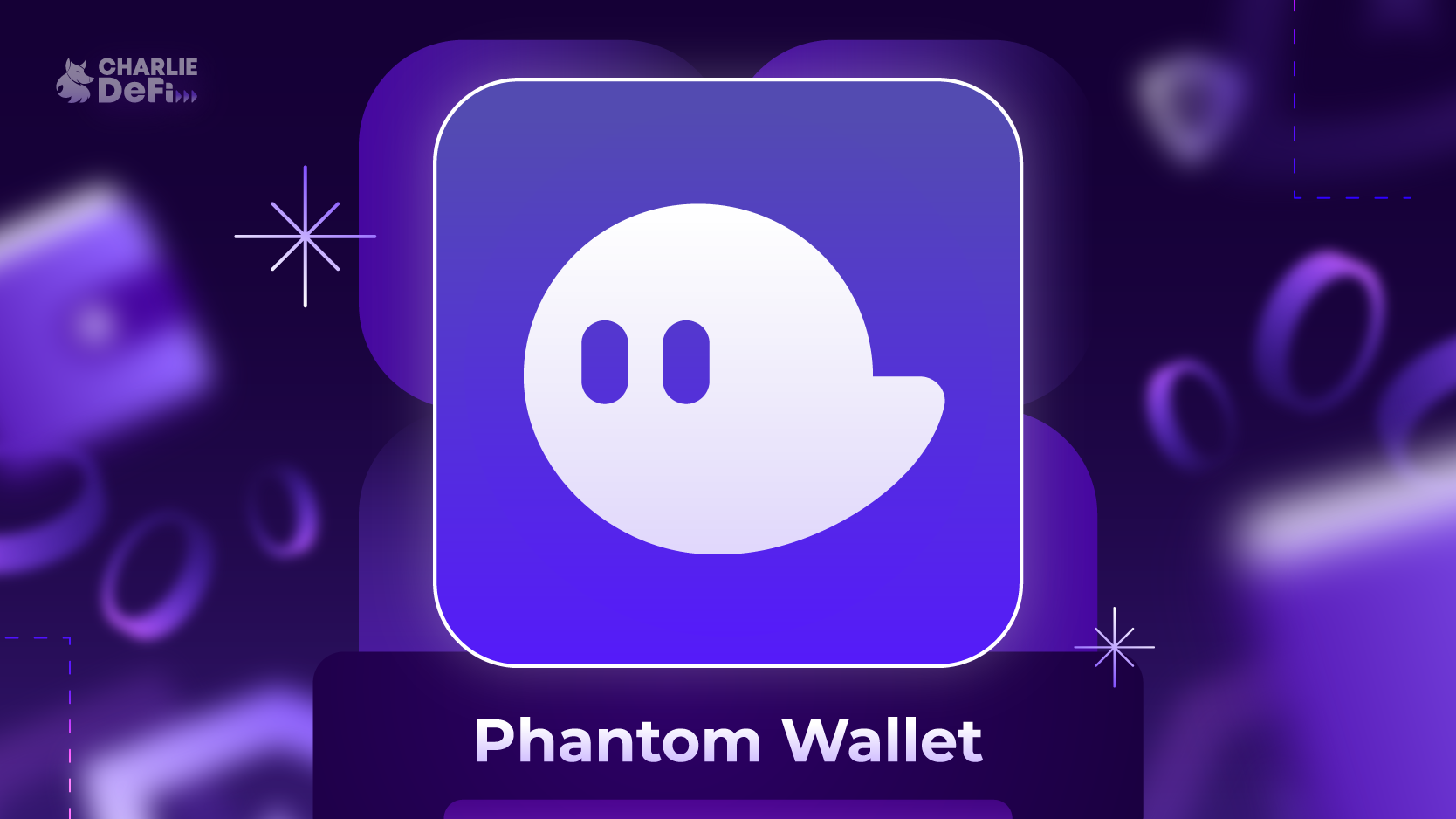There’s somethin’ weirdly satisfying about holding digital assets that just feel… alive. Seriously, when I first dipped my toes into Solana’s ecosystem, I was overwhelmed. NFTs, staking, wallets—oh my! But then I stumbled on Phantom. Wow! It wasn’t just another crypto wallet. It felt like the gateway to something way bigger.
At first glance, Phantom’s slick design caught my eye. But here’s the thing—beneath that clean interface lies a powerhouse for anyone looking to stake SOL or dive into NFTs without the usual headaches. Initially, I thought managing Solana assets would be a chore, but Phantom changed that perception overnight.
Okay, so check this out—staking SOL through Phantom is surprisingly straightforward. You basically delegate your tokens to validators and watch your rewards grow, all without moving your funds off the wallet. My instinct told me this would be clunky, but nope. The process is seamless, with clear steps guiding you along.
Now, NFT collectors, pay attention. Phantom integrates directly with Solana’s NFT marketplaces, making buying, selling, and storing tokens almost effortless. I’m biased, but the convenience is a breath of fresh air, especially compared to juggling multiple platforms or wallets.
Really? Yes. The wallet even supports hardware devices for added security, which is crucial since crypto theft is a real threat. Something felt off about wallets that promised ease but sacrificed safety. Phantom strikes a fine balance here, though I’m not 100% sure it’s invincible—it’s crypto, after all.
One thing that bugs me, though, is the occasional network congestion on Solana itself. During high traffic, transactions can slow, which trickles down to Phantom users. But to be fair, that’s more about the blockchain than the wallet. Still, it’s something to keep on your radar.
On one hand, Phantom’s user-friendly approach demystifies staking and NFTs; on the other, it nudges users to understand the underlying risks and mechanics. I appreciate this subtle nudge because diving headfirst without knowledge can be disastrous. Actually, wait—let me rephrase that: while Phantom simplifies many tasks, it doesn’t dumb down the experience, which is a big plus in my book.

So, how do you get started? It’s pretty simple. Head over to the official phantom wallet download page, grab the extension or app, and follow the setup prompts. Honestly, it took me less than 10 minutes to set everything up and even less time to stake my first SOL tokens.
That said, the wallet also caters to power users with features like multi-wallet management and built-in swap options. I find this especially helpful when I want to move assets quickly without hopping between apps. The fluidity is refreshing but sometimes I catch myself double-checking fees and approval screens—old habits die hard.
Staking SOL: Why It Matters and How Phantom Simplifies It
Here’s a quick primer. Staking SOL means locking up your tokens to support the network’s security and operations. In return, you earn rewards—sort of like interest on a savings account, but with more risk and volatility. Still, the potential upside is compelling.
Phantom’s interface makes staking accessible without requiring you to juggle command lines or third-party validators manually. You pick a validator, delegate your SOL, and the wallet handles the rest. Initially, I thought I’d need a deep technical background, but nope—Phantom’s subtle tips and confirmations guide you through.
Interestingly, while staking is straightforward, there’s a catch: your SOL is locked for some time, limiting liquidity. It’s a trade-off between potential earnings and access. I learned this the hard way when I needed funds and couldn’t unstake immediately. So, be cautious.
On the NFT front, Phantom really shines. Unlike other wallets that feel like a patchwork of plugins, Phantom offers a native NFT gallery. You can view your collectibles, check their metadata, and even share them with friends effortlessly. It’s almost like your own digital art gallery in your pocket.
Whoa! That was a surprise. Discovering that you could stake SOL and manage NFTs all within the same wallet eliminated a lot of friction for me. It’s rare to find such integration without sacrificing usability.
By the way, if you’re wondering about security, Phantom encrypts your private keys locally—you retain control. No server-side storage means less risk of hacks from the provider’s end, though phishing scams remain a threat. Always double-check URLs and sources.
Something else worth mentioning is Phantom’s community-driven development. Updates frequently roll out based on user feedback, which is a refreshing change from rigid, corporate wallets. It feels like being part of a movement rather than just a customer.
Final Thoughts: Should You Download Phantom Wallet?
Look, if you’re even remotely interested in staking SOL or exploring NFTs on Solana, Phantom wallet is a no-brainer. It balances ease of use, security, and powerful features in a way that few crypto wallets manage. Plus, with the official phantom wallet download page, you know you’re getting the legit version—something you definitely don’t want to overlook.
That said, no wallet is perfect. Expect occasional hiccups, network slowdowns, and the need to stay alert against scams. Crypto’s wild west vibe can be exciting but also daunting.
So yeah, I’m pretty sold on Phantom for now. It made staking and NFT management not just doable but kinda fun. I’m still learning, of course, and there are aspects I haven’t fully unpacked yet, but that’s part of the ride.
Anyway, if you’ve been hesitating, maybe take the plunge with Phantom. You might find it’s exactly the tool that makes Solana’s ecosystem click for you.
